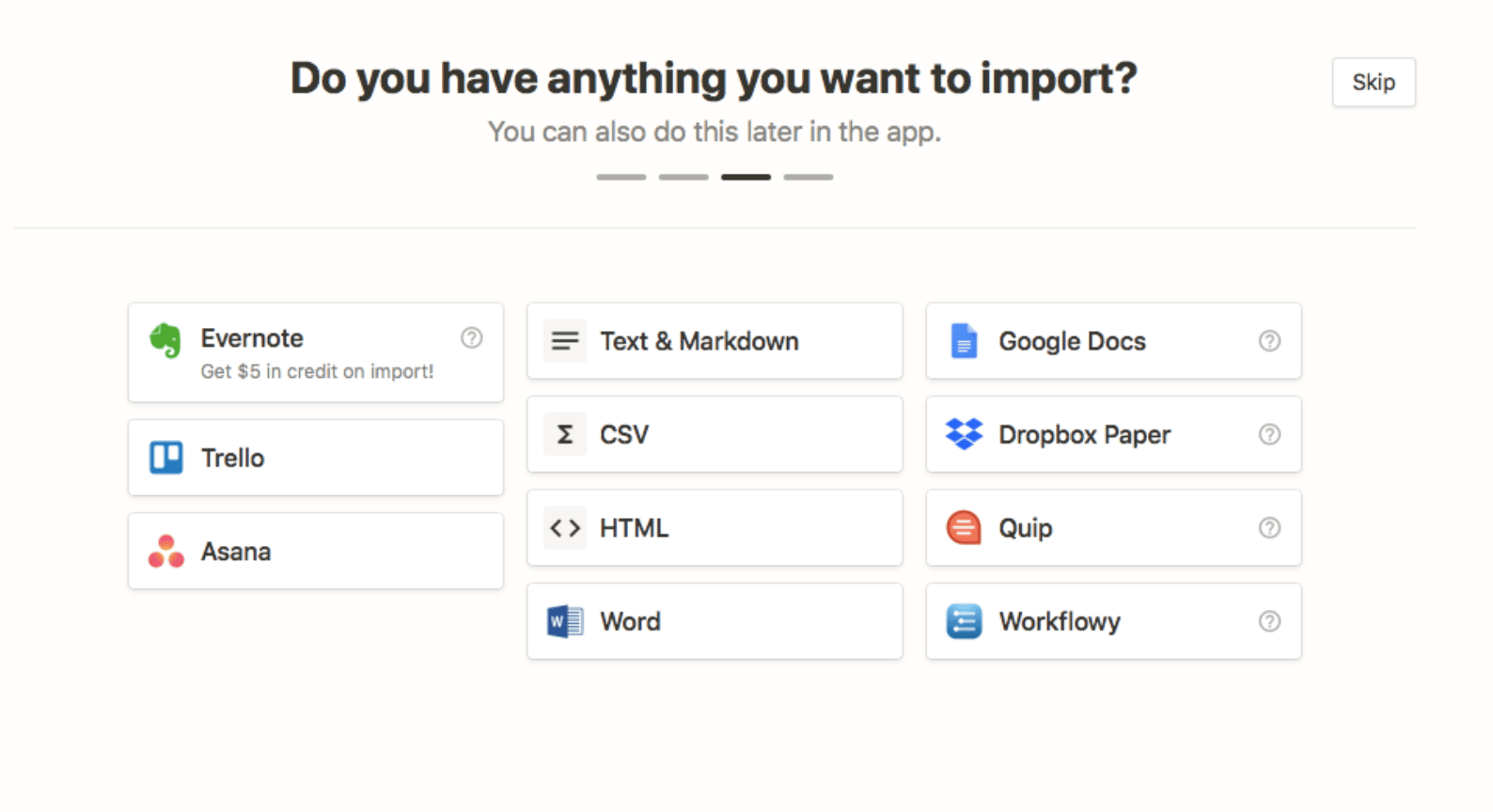So I’m moving to a different city in a month or so.
Which means I finally have to deal with all the furniture I’ve been dragging from apartment to apartment.
One of the first things I looked at was this rattan rocking chair.
Honestly? It’s gorgeous. A little hole in the back, but I’ve always loved how it looks in the corner.
I bought it a couple of years ago for fifty bucks from someone online.
And here’s the thing: I was ready to list it on Facebook Marketplace… but when I went to type in $50?
It felt… cheap.
Like — no way.
Not for my chair.
Not after all this time.
So I bumped it to $75.
And here’s the funny part: that wasn’t me “trying to make a profit.”
That was the lowest number I could get myself to accept.
Same chair. Same condition.
But the second it was mine, $50 suddenly felt like an insult.
The Endowment Effect
Behavioral economists call this the Endowment Effect.
Once we own something, we start valuing it more than the exact same thing sitting on the shelf.
There was the classic experiment:
give half the participants a coffee mug.
Then ask them to trade.
Those who got the mug wouldn’t sell for less than $5.25.
Those without the mug wouldn’t pay more than $2.75.
Same mug. Different “value.”
Products work the same way.
A template with their data, a board with their teammates, a playlist with their picks — suddenly it’s not “a free plan.”
It’s “my workspace.”
And when people feel that ownership, they stay.
When they don’t, they leave.

How we are making it worse by trying to make it better
Most teams assume “stickiness” comes from adding more features.
So they pile on integrations, advanced analytics, premium templates — hoping that depth will keep users around.
But here’s what actually happens:
users explore, dabble, maybe even admire what’s possible…
yet never put enough of themselves into it.
They stay tourists.
Clicking through, but not settling in.
And if they never feel like the product is truly theirs?
All those extra features don’t matter.
They’ll leave — quietly — without ever upgrading.
Look at Notion’s getting-started flow
You land inside Notion and see “Import from your tools” (Evernote right there, waiting).
Here’s the genius behind that:
It’s not just a setup step, it’s a nudge to bring your world in.
You click, authorize, and your notes, your history, your stuff shows up in Notion.
Instantly, it stops feeling like a fresh tool… and starts feeling like home.
Once your notes and scraps are sitting in Notion, leaving doesn’t feel like closing a tab.
It feels like walking out of a room you already moved into.

3 steps to break this pattern next week
Let them bring something in — import notes, upload a file, connect their calendar.
Push them to make something small — write a title, add a task, drop their logo.
Show them it changes the product — personalize a feed, rearrange a dashboard, see their data reflected back.

If you forget everything, remember this:
People don’t stay because your tool is better — they stay because it’s theirs. Make ownership happen in the first session.

